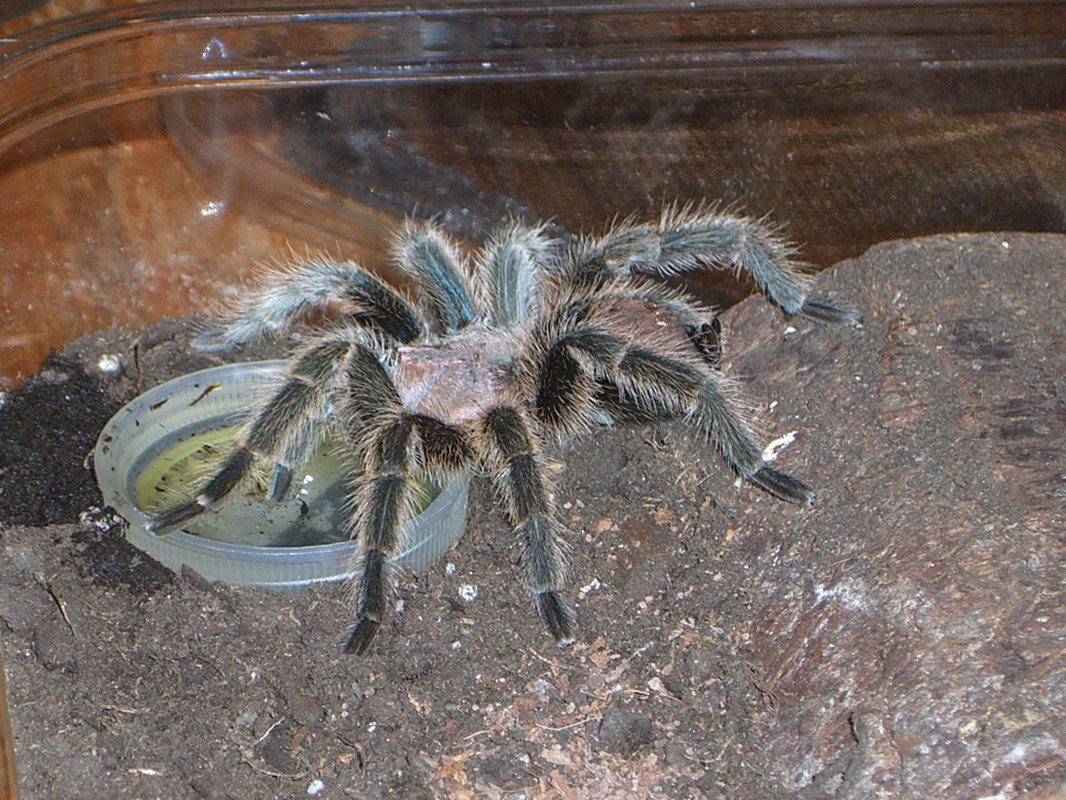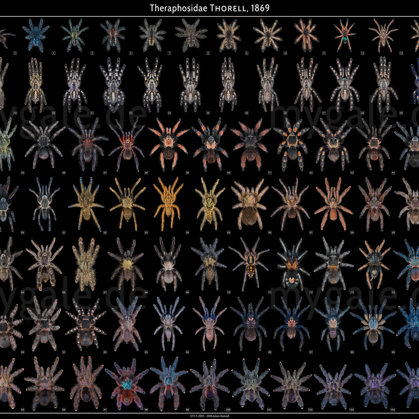PRIMARY CARE
THE BIRD SPIDER AS A PET
In this age of rapid development, when people pay more attention to themselves by living a dynamic life, less time can be spent on pets. Instead of choosing classic pets that are time and financial consuming, modern people tends to choose exotic animals with less maintenance requirements.
Modern pets are bird spiders. Some exotic pets have proven disastrous for their owners, but tarantulas are beneficial to both humans and the tarantulas themselves. Several books have been published about bird spiders and documentaries have been made showing them in the natural environment. Publications of this kind have educated and attracted people's attention, which has aroused enough interest to want to buy these amazing creatures.
Tarantulas have low maintenance requirements. Most of them are durable because they grow in nature in harsh environments, there is no need to visit a veterinarian regularly, no need to take a walk, no haircuts, they need little space, they do not stink, do not make sounds, do not transmit diseases harmful to humans. If the tarantula is properly cared for, it will bring joy and excitement for many years.
FIRST TARANTULAS
When buying your first tarantula you must first think about what type of tarantula you want to buy. There are three types of tarantulas: arboreal (living in trees), terrestrial and burrower. I recommend buying the first tarantula as terrestrial.
Terrestrial tarantula spiderlings tend to dig into the ground, but when they reach the size of a juvenile / adolescent they become safer and more visible outside their hiding place.
Arboreal tarantulas are very cunning, able to jump, endowed with fantastic speed, they are seen to teleport because they move beyond the limits of human reaction.
If you do not want a pet instead of a hole in the ground, then as a first tarantula I do not recommend burrower, because they may not come out of their hide for a very long time. When buying your first tarantula, it's age (size) is very important, keep in mind that the older the tarantula, the more expensive it is.
They are mostly divided into four sizes: EWL (eggs with legs), spiderling, juvenile (half grown) and adult (fully grown/matured). As a first tarantula, I recommend buying a juvenile / almost adult, because - they are more durable, easier to determine the gender, their food is easier to access and their color, hair, behavior are more like an adult spider of the species.
Spiderling tarantulas look fantastic small, ant-sized, without the characteristic colors of the species, bold - without hair, sometimes I can't believe how a spider can grow out of an ant that is bigger than a large palm of a human, some species reach even a dinner plate size, but in general most spiders are relatively easy to care for.








